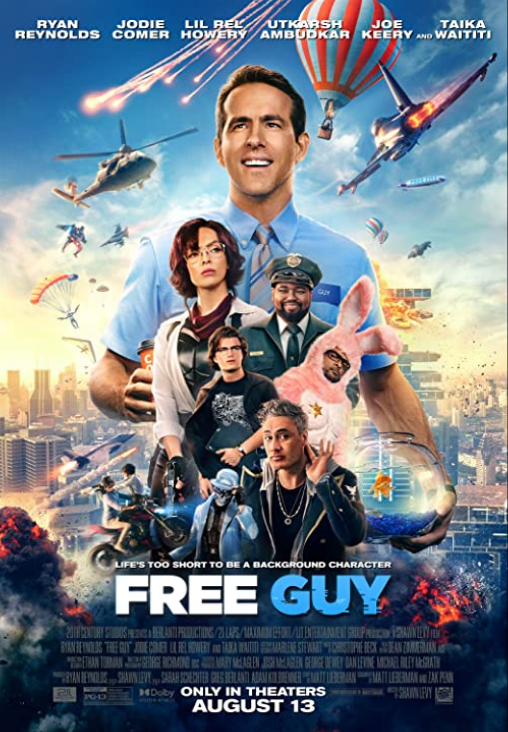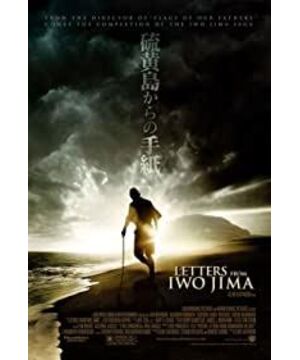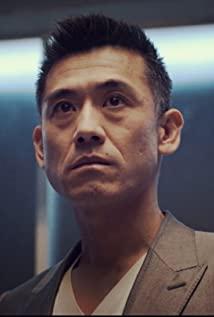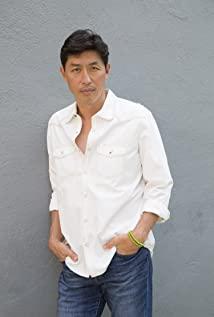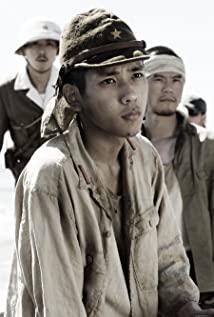Letters from Iwo Jima evaluation action
2021-11-26 08:01
The storyline of the film is an out-and-out war film. The scenes of the war in the film are also fiercely filmed on the sulphur site, while ordinary war films always make a conclusion about justice or not, but the director does not mean it. He believes that war is like life, and there is no absolutely righteous side and no absolutely evil side. For both parties involved in the war, the dead souls are worthy of admiration. ()
It can be said that few Japanese generals in World War II can withstand moral scrutiny who have been to China. In this movie, the director ignores these things, simply because the subject matter of the movie has evolved with the times. In such a film, justice is no longer important, what is important is that Eastwood wants to capture the human touch of war. ()
For this famous battle that took place 63 years ago, 700 to 900 African American soldiers boarded the Japanese Iwo Jima in the battle, but they did not directly participate in the frontline battle, but did logistics, transportation of supplies and ammunition, and burial. The dead are waiting for work. Therefore, among the personnel who erected the historic American flag on the commanding heights of the island, no black soldiers were included, only one Native Indian soldier participated. But for those shots taken on the beach, Eastwood should still shoot scenes with black soldiers. ()
Extended Reading
-
General Tadamichi Kuribayashi: You are quite a soldier
Saigo: No, just a simple baker
-
Shimizu: I don't know anything about the enemy. I thought all Americans were cowards. I was taught they were savages.
